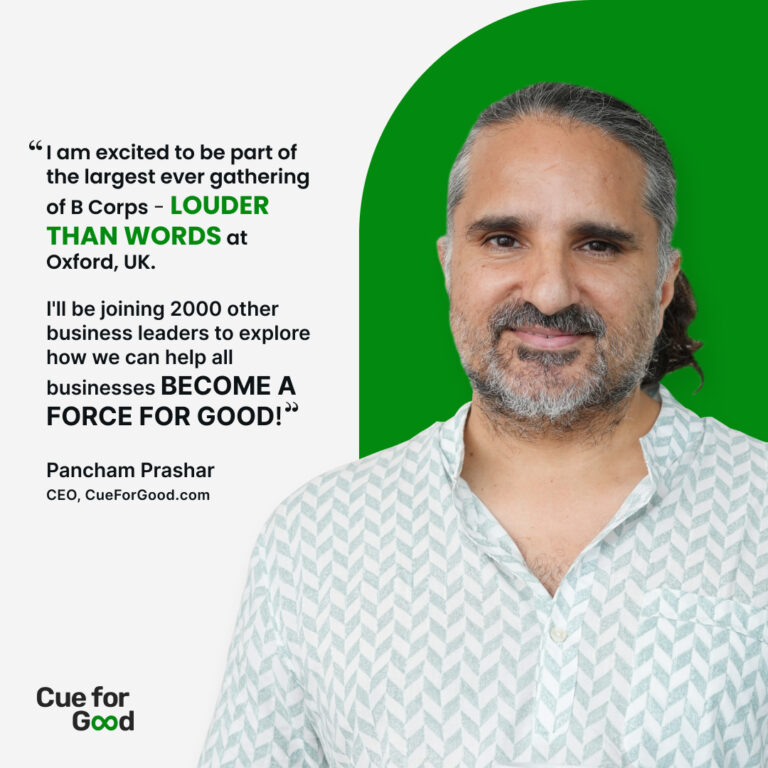
Creative Writing for the Consumers – The Art and The Technique
by Nosheen“Writing is a form of personal freedom. It frees us from the mass identity we see all around us. In the end, writers will write not to be outlaw heroes of some underculture but mainly to save themselves, to survive as individuals.” – Don DeLillo
And copywriters know a thing about surviving in the big bad world of words, ROIs and referrals…. and love it, don’t we?
Creative writing is omnipresent, and forms the backbone of the consumerist world. Anything that is not on a doctor’s note, newspaper (yes), legal documents and contracts is a piece of creative writing. On the web, blogs, articles, product descriptions, advertisements, twitter updates, novels, stories, verses etc – all fly out from the umbrella of creativity with the objective to gather readers who buy.
As a receiver of million messages everyday, readers find some standing out among the rest while others simply blown away in the stream of commonness. The ones that stick to your mind are obviously creative but what about those that whiff away with just a single sigh, aren’t they? They too are but may lack in core elements. Don’t know what those core elements are? Read below to find out.
What does it take to go that extra mile when writing creatively for your consumers?
Connection – Your copy from the first word itself must establish a connection with the target receiver/ reader.
Condition – It must address the condition that the reader may be in and how can your product/ service enhance or better it.
Experience – The message must communicate the experience that your customer is likely to enjoy using your product/ service or lack in if he or she does not.
Novelty – Be as novel as you can. Even if you’re marketing for a 150 year old brand; do it the 21st century way and not what people would have liked 150 years ago.
Results – Paint the picture of the afterward i.e after your products and services have been used. And by painting the picture we mean a realistic one. Remember, you may fool by an advertisement but not in actual usage. So it’s always better to stick to the truth.
Now how you do all this and achieve what you set out to accomplish is where the real deal is. How you work your mind around those top-of-the-hat metaphors, mindblowing analogies and those contagious call-to-actions and create a copy that not only brings in the readers but happily buying and paying customers 🙂
And when you’re up to it, make sure the confidence, happiness and that the spirit is not amiss because words mirror more than you expect them to.
- About the Author
- Latest Posts
I am a writer, reader, and a part time adventure and travel enthusiast. The other three things that vie for my mind share are dark chocolate, coffee, and photography. I am highly motivated by user perspectives and addressing the common human experience when I write.
-
Jiva’s Organic Traffic Growth: 354% Surge in 6 Months | CueForGood
by Nida DanishSummary: Jiva’s efforts to empower smallholder farmers weren’t gaining the digital traction they deserved. With a strategic overhaul led by …
Continue reading “Jiva’s Organic Traffic Growth: 354% Surge in 6 Months | CueForGood”
-
What We Learned When We Switched From Disposable Tissues to Reusable Napkins
by Nida DanishAt CueForGood (CFG), we’ve embraced a refreshing change: reusable cloth napkins. While the switch may seem minor, it’s rooted in …
Continue reading “What We Learned When We Switched From Disposable Tissues to Reusable Napkins”
-
Of Light, Laughter & Transformation: Diwali 2024 at Cue For Good
by Nida Danish
On any given day, walking into the Cue For Good office feels like stepping into a space with heart. It’s …
Continue reading “Of Light, Laughter & Transformation: Diwali 2024 at Cue For Good”
-
Why PHP Still Matters in 2024: A Look at Its Continued Relevance
by Girish TiwariAt its peak in the early 2010s, PHP powered the majority of websites globally, including major platforms like Facebook and …
Continue reading “Why PHP Still Matters in 2024: A Look at Its Continued Relevance”
-
How Meta’s New Holiday Ad Features Can Transform Your Business This Season
by Charanjeev SinghThis year, Tapcart’s 2024 BFCM Consumer Trends Report suggests that nearly 60% of shoppers kick off their holiday shopping in …
Continue reading “How Meta’s New Holiday Ad Features Can Transform Your Business This Season”
-
Cue For Good’s Journey at the B Corp Festival 2024: Exploring Louder Than Words
by Pancham PrasharOn September 10th and 11th, 2024, I had the incredible experience at the “Louder Than Words” B Corp Festival, held …
Continue reading “Cue For Good’s Journey at the B Corp Festival 2024: Exploring Louder Than Words”







